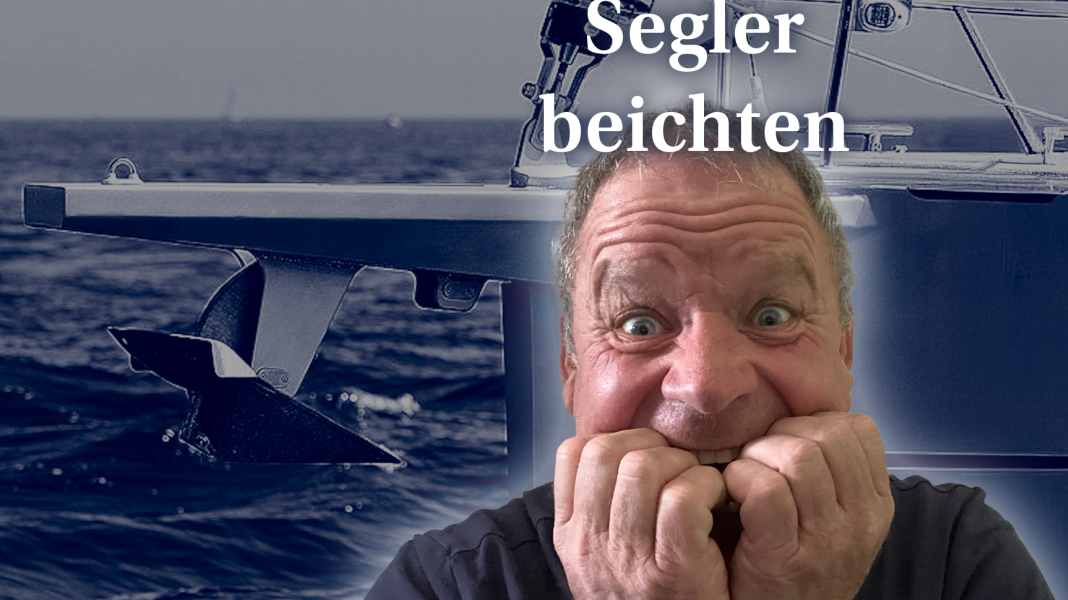
In the "Sailors confess" series, we confess our stupidest sailing mistakes. But we are also keen to hear your confessions. Send us your text, if possible with pictures, to mail@yacht.dekeyword "sailor's confession". If desired, publication will be anonymised.
As a tester for YACHT, I am often out and about on a wide variety of boats. This is an extremely exciting task and usually goes off without a hitch. But unfortunately not always. Groundings, collisions, mast breakages and other mishaps are sometimes part of everyday working life. Things just don't always go as desired or expected.
Fortunately, incidents of this kind have almost always turned out well for me. However, there is one incident that remains a black mark in my memory. An embarrassment of a special kind.
Test strike on the North Sea
The story goes back a few years and began like this: We were on a test run on the North Sea off the Dutch coast, on board a large and ponderous blue water vessel made of aluminium. A strong south-westerly wind was pushing high and steep waves along the coast. The conditions were challenging, but by no means unsailable.
Suddenly unable to manoeuvre
To recover the sails after the test, we steered the boat into the wind under engine power. The heavy boat struggled through the choppy seas and even backed off a little in a series of particularly high waves. The recoil on the double rudder blades knocked the wheel out of the helmsman's hand and subsequently smashed the stop of one of the two steering quadrants below deck. The result was devastating: one of the two rudder blades then pointed completely in the opposite direction and the push rod between the quadrants was bent beyond recognition. The steering was thus paralysed - and the boat completely unable to manoeuvre.
However, we managed to keep the ship stable with the sails reefed and turned into the wind. We drifted slowly, but rudderless, towards the open sea. Below deck in the aft peak, the three of us set to work to refloat the steering. But one thing was clear: the repair would take time.
On this cold, windy day, there was hardly anyone out on the water in the North Sea. At least that's what we thought. So I only poked my head out of the aft peak every now and then to check the situation. And then suddenly I saw him - the fisherman with his little cutter. Still miles away, but exactly in the direction in which we were drifting inexorably. The fishing boat quickly came closer. Its anchor was dropped and the man on the boat was working with his nets in the stern. I was still trying to get his attention with shouts and whistles as we continued to move towards him, completely unable to manoeuvre - to no avail.
A collision occurs
The fisherman only realised the danger at the last moment and frantically tried to pull up his anchor. But it was already too late: with a horrible crunch, the aluminium bowsprit of our yacht rammed through the middle of the cutter's cabin superstructure. Glass shattered, beams broke - the fishing boat was literally impaled. It was only after hours of intensive work that we finally managed to restore order and separate the two wedged boats so that they could return safely and independently to the harbour.
What happened can perhaps be explained by "Murphy's Law". It states that anything that could go wrong will go wrong at some point. Apparently, the much-cited law also applies to events whose probability of occurrence is as low as winning the lottery.
